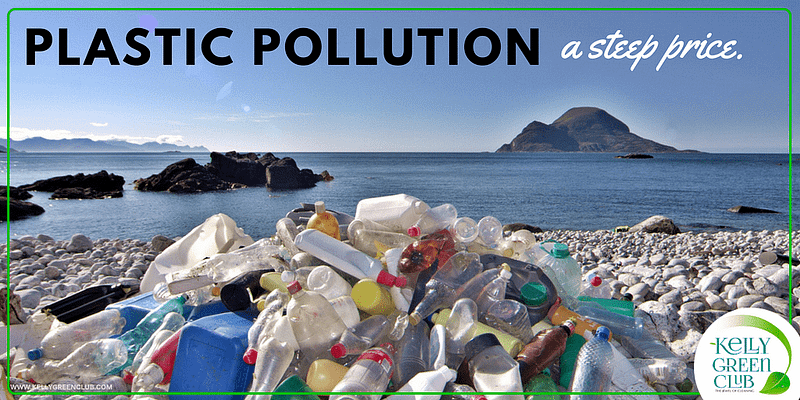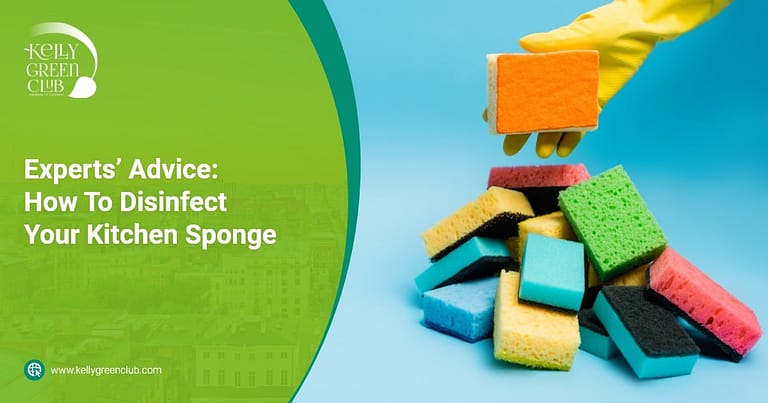We’re surrounded by plastic. Think about every piece you touch in a single day: grocery bags, food containers, coffee cup lids, drink bottles, straws for juice boxes — the list goes on and on. Plastic may be convenient, but its success carries a steep price.
But where does all this plastic go? We ship some of it overseas to be recycled. Quite a bit ends up in landfills. And more than you can imagine ends up on the loose as plastic pollution, eventually making its way into our waterways.
Plastic never goes away. And it’s increasingly finding its way into our oceans and onto our beaches. In the Los Angeles area alone, 10 metric tons of plastic fragments — like grocery bags, straws and soda bottles — are carried into the Pacific Ocean every day.
Preposterous Facts About Plastic Pollution:
- Over the last ten years we have produced more plastic than during the whole of the last century.
- 50 percent of the plastic we use, we use just once and throw away.
- We currently recover only five percent of the plastics we produce.
- The average American throws away approximately 185 pounds of plastic per year.
- Plastic accounts for around 10 percent of the total waste we generate.
- The production of plastic uses around eight percent of the world’s oil production (bioplastics are not a good solution as they require food source crops).
- Americans throw away 35 billion plastic water bottles every year (source: Brita)
- Plastic in the ocean breaks down into such small segments that pieces of plastic from a one liter bottle could end up on every mile of beach throughout the world.
- Annually approximately 500 billion plastic bags are used worldwide. More than one million bags are used every minute.
- 46 percent of plastics float (EPA 2006) and it can drift for years before eventually concentrating in the ocean gyres.
- It takes 500-1,000 years for plastic to degrade.
- Billions of pounds of plastic can be found in swirling convergences in the oceans making up about 40 percent of the world’s ocean surfaces. 80 percent of pollution enters the ocean from the land.
- The Great Pacific Garbage Patch is located in the North Pacific Gyre off the coast of California and is the largest ocean garbage site in the world. This floating mass of plastic is twice the size of Texas, with plastic pieces outnumbering sea life six to one.
- Plastic constitutes approximately 90 percent of all trash floating on the ocean’s surface, with 46,000 pieces of plastic per square mile.
- Plastic chemicals can be absorbed by the body—93 percent of Americans age six or older test positive for BPA (a plastic chemical).
- Some of these compounds found in plastic have been found to alter hormones or have other potential human health effects.
Plastics pollution has a direct and deadly effect on wildlife. Thousands of seabirds and sea turtles, seals and other marine mammals are killed each year after ingesting plastic or getting entangled in it. Endangered wildlife like Hawaiian monk seals and Pacific loggerhead sea turtles are among nearly 300 species that eat and get caught in plastic litter. And all this plastic pollution is not only a problem for the earth, it’s bad for our health.
Most ocean pollution starts out on land and is carried by wind and rain to the sea. Once in the water, there is a near-continuous accumulation of waste. Plastic is so durable that the EPA reports “every bit of plastic ever made still exists.”
Plastic is an epidemic.



